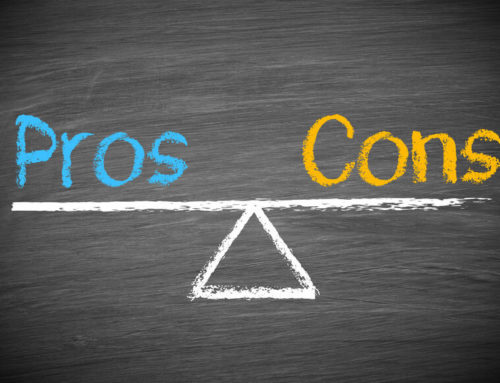It’s common knowledge that air conditioning keeps our homes, cars, and workspaces comfortable by removing heat from the interior air. What is not so well-known is the fact that it also removes humidity. In a tropical monsoon climate such as we have here in Miami, that is generally a good thing. But sometimes, especially in winter when the air is drier, or during a heatwave when the AC is working overtime, too much humidity is removed. And too little humidity in the air can be just as uncomfortable and harmful as too much.
What is a comfortable humidity?
Humidity levels refer to the amount of water vapor in the air. You’ve probably heard the term “relative humidity” used in weather reports. This points to the amount of vapor in the air at a given temperature compared to the amount the air is able to contain at the same temperature.
If the air contains all the water vapor it can hold at a given temperature, then its relative humidity is 100%. According to the American Society of Heating, Refrigerating and Air-Conditioning Engineers (ASHRAE), humans feel comfortable with relative humidity ranging between 30 – 60%, with ideal indoor humidity being between 45 – 55%.
What is considered low humidity?
Humidity levels below 30% are considered low. Once it falls below this point, your body will start to experience a range of negative reactions as it struggles to stay hydrated. These are:
- Dry skin and lips. This will cause itching and chapping (when the skin on your lips starts to crack and peel).
- Dry brittle hair which will look dull and develop split ends
- Scratchy nose and throat. Lack of humidity will dry out the mucous membranes in your nose and throat, making them feel sore and irritated, increasing your chances of catching a cold.
- Respiratory illnesses. Low humidity will increase the symptoms in sufferers of respiratory ailments such as asthma. It could also lead to the development of these illnesses in vulnerable people such as the very young or old individuals.
Low humidity levels will also have adverse effects on your possessions. Wood will shrink and warp out of shape, leaving you with ill-fitting drawers and doors, uneven floors, and peeling wallpaper.
What is considered high humidity?
High humidity is when relative humidity levels are over 60%. This will create its own set of problems, both for your health and your property and possessions.
- Condensation, mold, and rot. High humidity causes condensation, which, in turn, causes mold to grow on your walls and window frames, and basically anywhere where the condensation settles. It can also lead to rot and structural damage to your home if left untreated.
- Respiratory problems. Dust mites and mold spores flourish in high humidity. These can trick attacks in people suffering from allergies and will also seriously aggravate symptoms of conditions like asthma. Long term exposure to mold spores can lead to otherwise healthy people developing respiratory problems.
- Bugs are always on the lookout for water, and condensation on your windows, for example, is what attracts them.
If you think you have humidity problems, the first thing to do is to confirm your suspicions. You can invest in a hygrometer and measure it yourself or book an appointment, and one of our trained maintenance team members will come do it for you. If you do have humidity level problems, we recommend installing a dehumidifier into your system. This will allow you to adjust humidity levels as required through a humidistat mounted on your wall and guarantee your year-round comfort





